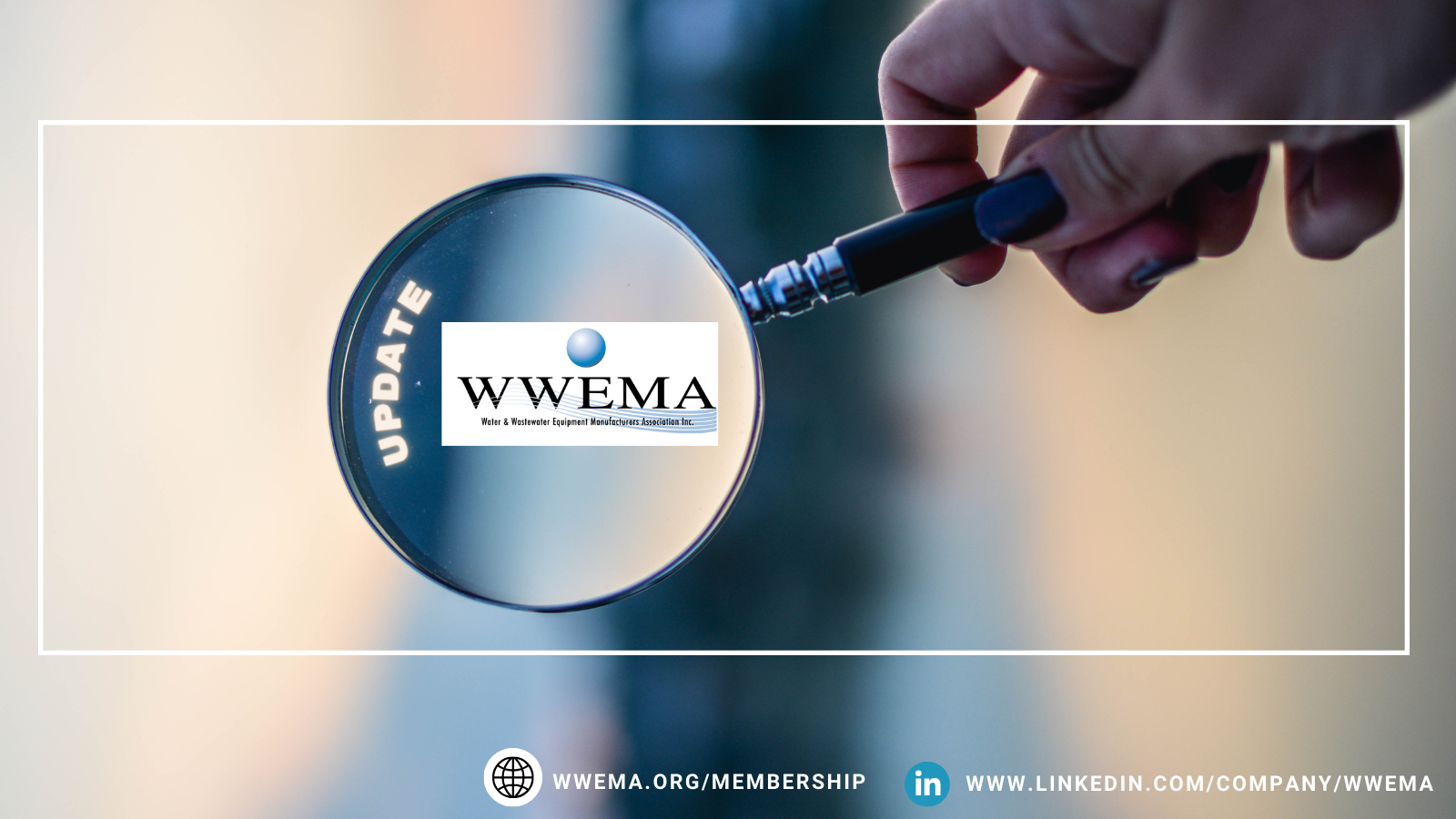| A recent EPA survey aimed to assess the nation’s public water systems needs for the next 20 years—the7thDrinking Water Infrastructure Needs Survey and Assessment (DWSRF)‑‑-to Congress has been used as support to allocate $6.5 billion into federal funding for states in order to upgrade and fix the nation’s lead service line. The survey found that drinking water systems will require $625 billion in funding and recorded a projected 9.2 million lead service lines across the country and potentially more.
Significantly, the distribution system chosen for these funds allows states to receive financial assistance on a need basis in order to speed up nationwide health protection, (for the specific document detailing the allocation click here). Furthermore, in order to manage the possibility of more lead service lines being found, the EPA is giving states a one-time opportunity to update their reported service line data this fall. This newly updated data will be used as a guide to distribute the remaining capitalization grants to states (for more information on this click here). Finally, the survey also found that updating the existing drinking water infrastructure of tribal and native governments and organizations will exceed $4 billion over the next 20 years. Therefore, funds will be allocated to for these bodies to use under the Grant Tribal Set-Aside (DWIG-TSA), which includes the installation of new drinking water infrastructure and the rehabilitation, expansion, or replacement of existing infrastructure. For more information, including a copy of the report, visit: |


